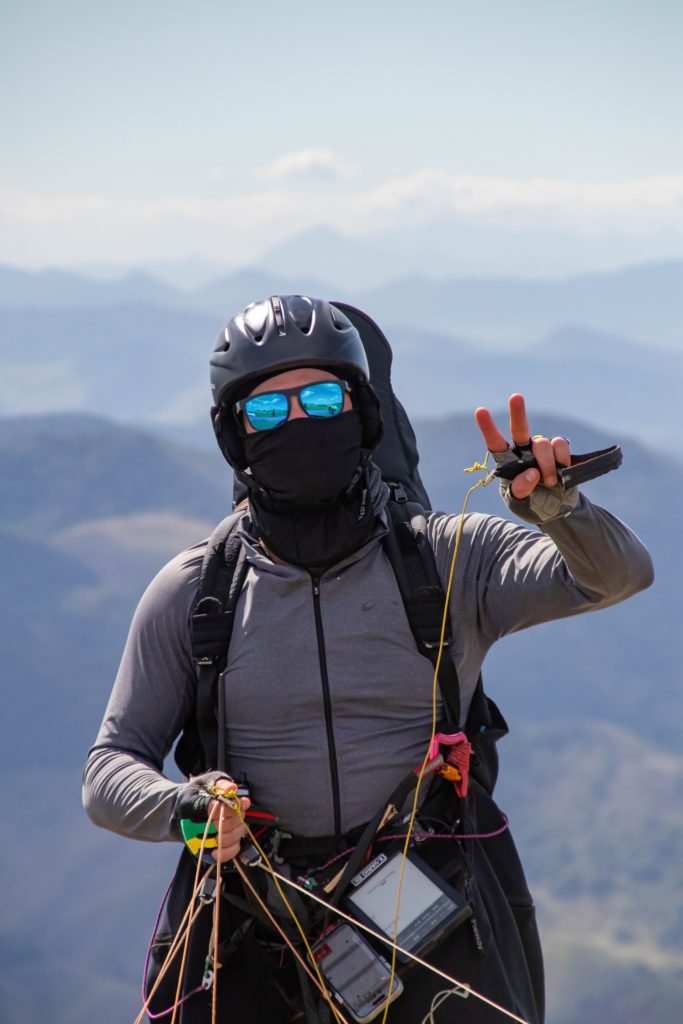Paragliding captures the imagination of those who dream of soaring through the sky. While the sport offers an unparalleled sense of freedom, it also brings its own set of risks. In this article, we delve deep into various aspects of paragliding safety. From pre-flight checks to navigating challenging weather conditions, we cover it all.
Equipment checks
The first line of defence in paragliding safety is the equipment itself. Before every flight:
- Conduct a thorough inspection.
- Check the harness for signs of wear and tear.
- Inspect the carabiners and locking mechanisms to ensure they are in optimal condition.
- Examine the wing, lines, and all attachments for flaws or damages.
Inspect the reserve parachute closely. Ensure you pack it correctly and prepare it for immediate deployment. Proper maintenance and regular checks often differentiate between a smooth flight and an emergency.
Weather conditions
Weather plays a critical role in paragliding. Pilots should have a thorough understanding of meteorological conditions. Avoid flying in turbulent weather or when thunderstorms are predicted. Watch for changing wind patterns that could affect your flight path. It would help to always wait for a weather window that provides optimal flying conditions.
Pilots often use tools and applications that forecast the weather specific to paragliding. Use these resources to plan your flight, but also consult local knowledge and observe the conditions yourself before taking off.
Training and experience

One of the best ways to ensure safety is through proper training. Newbies should start by taking introductory courses from certified instructors. Training courses generally cover theory, equipment handling, and flight techniques. You will begin with ground-handling exercises before moving to tethered and solo flights.
As you gain experience, consider taking advanced courses. These courses focus on more complex manoeuvres, including handling challenging weather conditions and emergency procedures. Remember, the more you learn, the safer you become!
Emergency preparedness
Always have a plan for emergencies. Know how to deploy your reserve parachute and rehearse this action regularly. Have essential contact numbers and a fully charged mobile phone within easy reach. Carry a basic first aid kit and ensure you are always aware of your GPS coordinates.
Emergency services should always be able to reach you. Inform someone trustworthy about your flight plan and expected landing time. In case of any unplanned occurrences, this person can alert rescue teams.
Conclusion
Paragliding is exhilarating, but it can also be dangerous without the proper safety measures. Always prioritize safety over thrill. Make it a point to be as prepared as possible, from equipment checks to understanding the weather and gaining the proper training. Safe flying is enjoyable flying.
Please do not overlook the importance of safety when it comes to paragliding. Invest time and effort in proper training, equipment checks, and preparation. After all, safety comes first!
